Water is essential for life. Clean, safe and hygienic water is synonymous to health. With increasing pollution and degrading water body conditions water treatment plants are being set up.
Water treatment processes consists of various other procedures like:
 Coagulation:
Coagulation:
Liquid aluminum sulphate is added to the untreated water. The tiny particles of dirt stick to each other because of this and keep forming bigger and heavier particles forming flocs.
Sedimentation:
The flocs are allowed precipitate during this process. This precipitated residue is called sludge.
Filtration:
Water passes through several filters made of sand, gravel and crushed anthracite. The suspended impurities are collected and separated from the water.
Disinfection:
Water must be disinfected before it is sent to the distribution system. The disease causing viruses, bacteria, parasites are destroyed. Chlorine is one of the most used disinfectants.
Sludge drying:
The sediments that are collected at the end of the sedimentation process are removed in the drying lagoons.
Fluoridation:
This process controls the amount of free fluoride ion present in the community water.
pH correction:
Lime is often added to filtered water to balance the pH level,This softens water.
Water softening plants are installed in most of the industries which need to use water a lot for example textile industries.
The soft water does not soil the plumbing easily and does not react violently with the detergent too.
Packaged drinking water is highly demanded in the 21st century. This is because people are turning over to the safe option of water consumption. Packaged drinking water plants are developing and increasing their production every day to meet the demand.

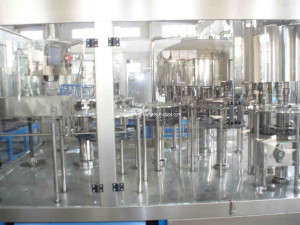
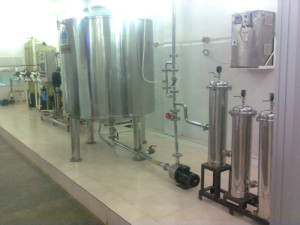 Advanced scientific methods are used to pack the water into bottles which are later sealed with caps.
Advanced scientific methods are used to pack the water into bottles which are later sealed with caps. 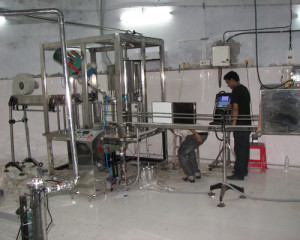 There are conventional systems and advance waste water treatment system by which a
There are conventional systems and advance waste water treatment system by which a 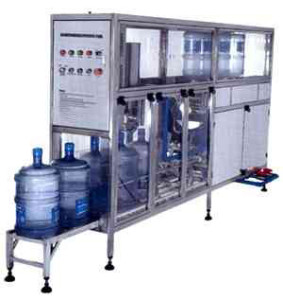
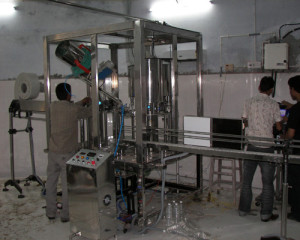
 t answers to the questions but they are not that easy as they seem, rather a cordial and deep relationship needs to be developed in order to have the right set of answers to the queries. However, that is all about marketing and one who is from the domain would surely do well to find the answers.
t answers to the questions but they are not that easy as they seem, rather a cordial and deep relationship needs to be developed in order to have the right set of answers to the queries. However, that is all about marketing and one who is from the domain would surely do well to find the answers.